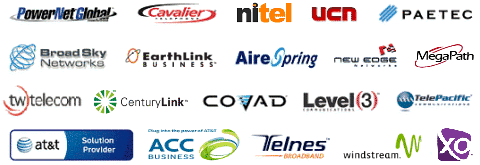The Case for Cloud Computing
In the situation of business software programs, the readily available implementations have usually been extremely complicated and costly. They call for a business in Sauk Centre to spend deeply on capital expenditure to construct an in-house data center with offices, environmental controls, electrical power, dedicated servers, storage arrays, and network bandwidth. On top of all this costly infrastructure is the requirement for a complicated software stack for the application. Even after the software has been implemented, you will also must have a team of experts to install, manage, and run the software. But that was before the development of cloud computing.
A straightforward instance of cloud computing is email provided without software installation from providers such as Microsoft's Hotmail or Google's Gmail. One doesn't need to install any software or acquire a centralized server to be able to make use of them. All a business requires is simply an internet connection so the users can begin sending emails. The server and email administration software is entirely on the cloud and is fully handled by the cloud service provider such as Microsoft, Yahoo, or Google. The consumer gets the use of the software and experience the advantages.
Cloud computing is so reliable and cost-competitive that a much revered investment research newsletter has recently dubbed it the "$59 computer." Needless to say there is not in fact an actual piece of hardware called the $59 computer -- it is just a generic term to make reference to the general idea of cloud computing being so affordable that using it can lower your company's computing costs to the level where your overall expenses would be analogous to paying just $59 per computer end user.
One important issue that numerous IT departments neglect or underestimate is the T1 Line Bandwidth demands for supporting cloud computing. In one case study, the chief information officer of a insurance company said she had to boost the company's network power by over 500 percent when they moved to one vendor's cloud computing product. This is not a guideline for everyone, but it's a good case of what one company implemented. If you are planning to switch to a cloud computing strategy, do yourself a favor by initially talking about your bandwidth requirements with an independent T1 line consultant who can provide you all your possible alternatives such as Gigabit Ethernet service.
We broker Minnesota T1 line. This page is a quick listing of the services specifically offered by T1Market in Sauk Centre.
As we go forward, our goal is to regularly improve our product offerings. We now supply enterprise products normally used by larger companies, namely: OC3, MPLS network service, gigabit ethernet, and cloud computing bandwidth delivered over a fiber optic backbone. Several of our carriers also provide free managed Cisco routers for multi-year agreements. Primarily, our goal is to build a bond with you - our customer - that will last for years to come. Acquiring your trust is what we do here. Saving you money on affordable MPLS services is just how we keep it.


